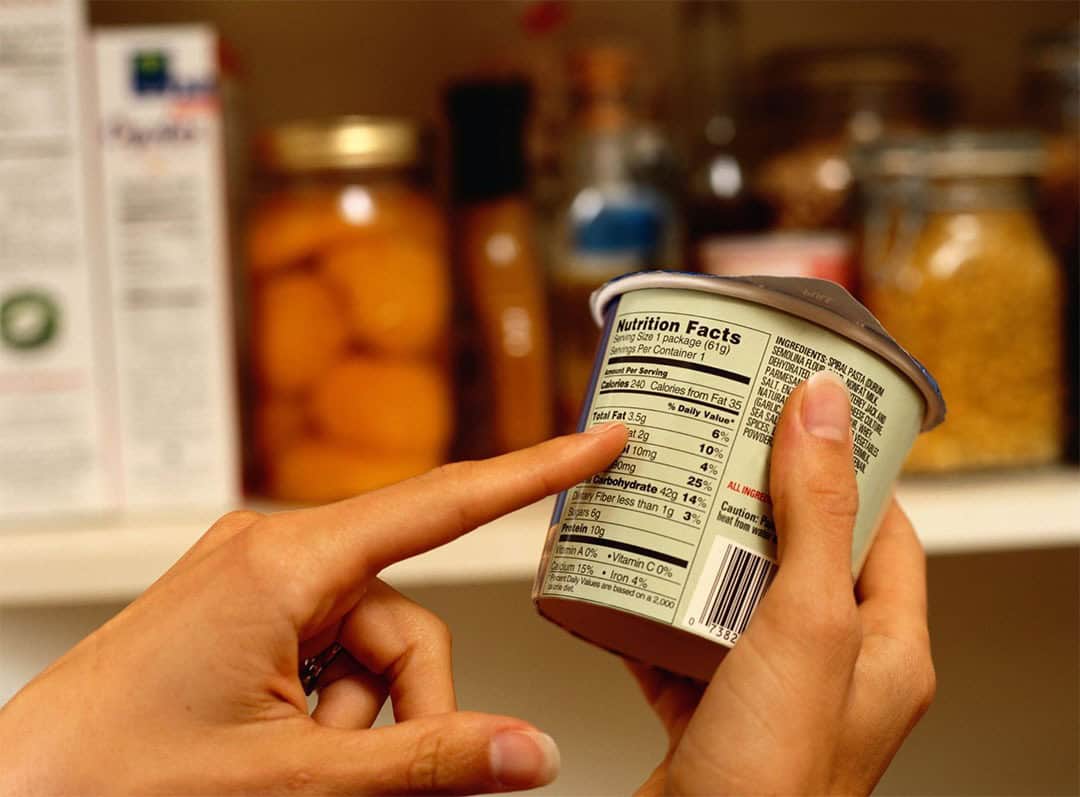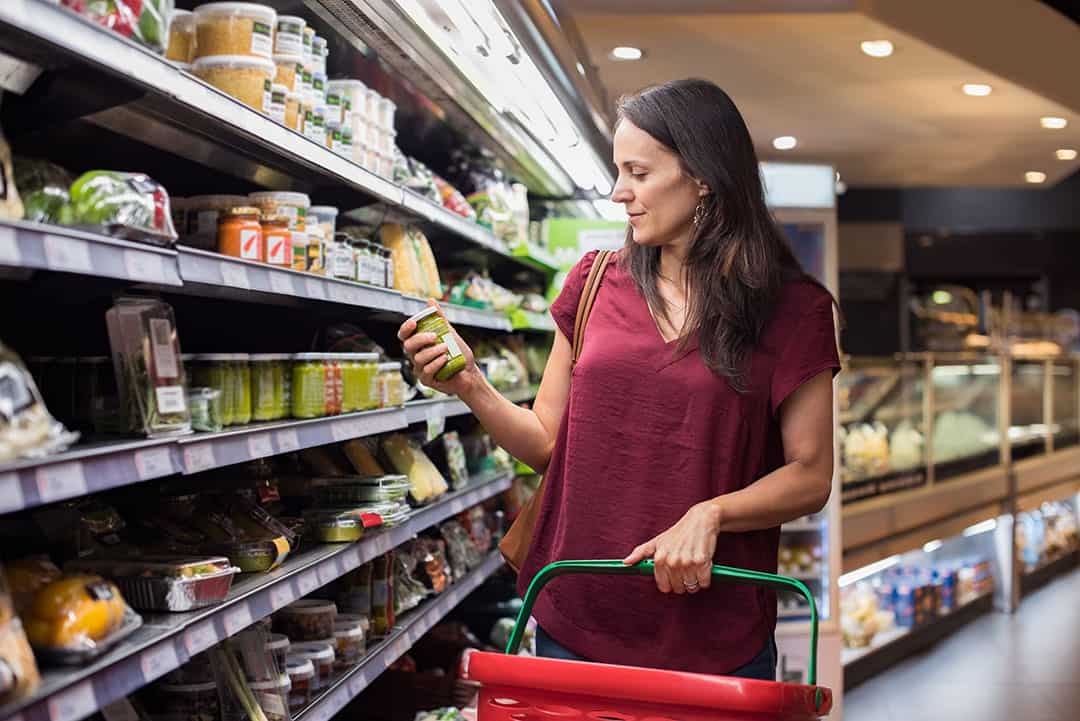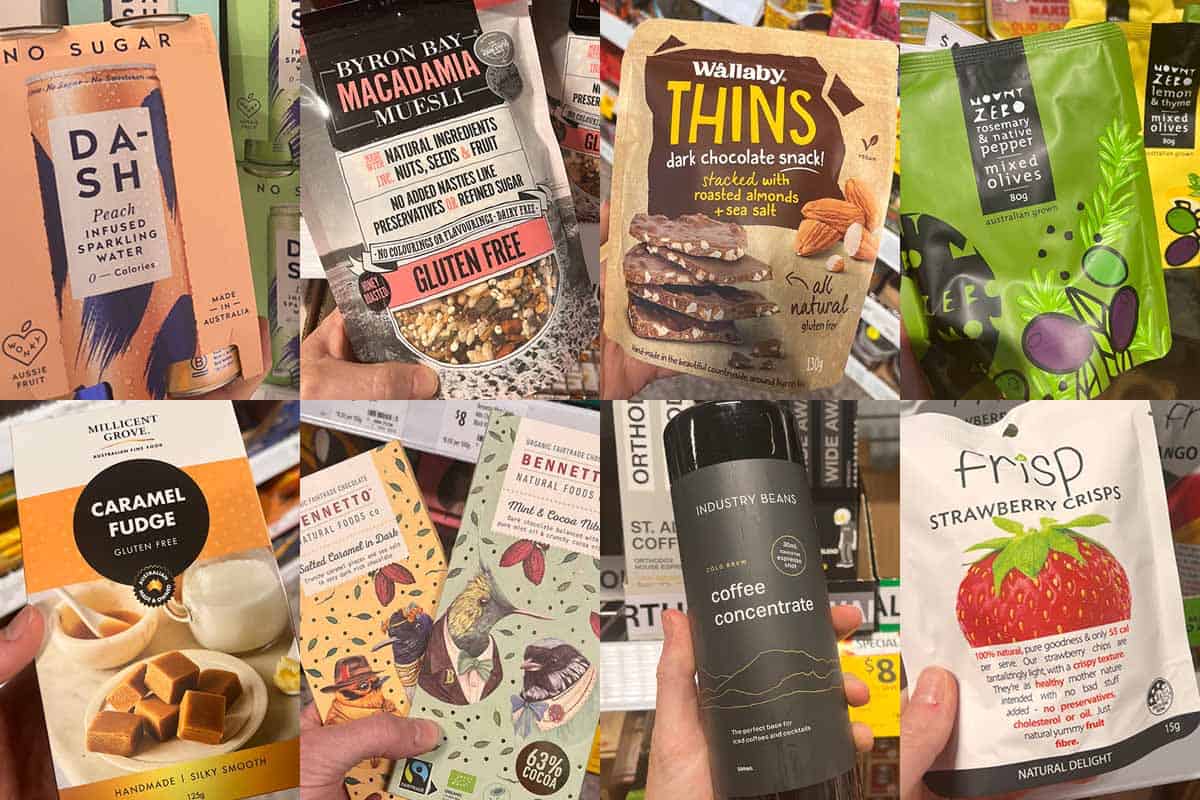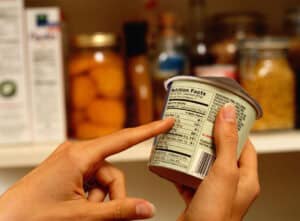
April 29, 2022
Your Essential Guide to Gluten-Free Bread
As the demand for diverse, allergen-friendly products has increased, so too has the amount of gluten-free bread on offer in major supermarkets. So, what is in these loaves that we eat and are options for those with gluten intolerance as healthy as regular options?
Gluten-free options can be broken down into seven categories of ingredients, all with various roles to play.
Flours and Starches
Flours and starches form the structure of all bread and play a key role in texture and taste. Combining two or more of these ingredients in the manufacturing of GF bread produces a better overall volume. A lower-volume bread is heavier and denser than a higher-volume bread.
Non-GF supermarket bread is made from wheat flour, whereas gluten-free varieties contain various modified starches, which are noted as ‘carbohydrate-rich, but protein-poor’ . The best gluten-free bread options available will commonly use a combination of starches and flours, including:
- Maize starch — made from corn kernels — improves volume but can cause a dry, crumbly texture.
- Chickpea flour is high in protein and fibre, making it an ideal alternative to wheat flour.
- Rice flour is made from finely milling rice. When used in bread and baked goods it improves texture but not volume. Like rice, it is naturally high in carbohydrates.
- Soy flour is made from grinding soybeans into a fine powder. Due to the sometimes unpopular flavour of soy that can influence the taste of bread, this flour is only used as a minor ingredient. Added soy flour to baked goods boosts nutritional value, as soy is a major source of plant-based protein.
- Tapioca starch, derived from the cassava root, is good for texture but doesn’t produce the same volume as maize.
- Modified tapioca starch commonly used in GF bread retains moisture and improves shelf life. The ‘modification’ is due to the starch being extracted from grains and vegetables that have been treated, improving its ability to maintain food’s texture and structure. In its natural form, tapioca starch wouldn’t survive the baking process or frozen storage.
- Sprouted quinoa flour is made from soaking quinoa in water. Once sprouts have materialised the grains can be used in a variety of ways. The sprouted variation of quinoa has more nutrients and is easily digested.
- Sprouted millet flour adds a nice texture to the bread. It is derived from seeded grass and is high in nutrients, including dietary fibre.
- Buckwheat, despite the name, is not a wheat grain and is gluten-free. Buckwheat is ideal for baking bread and other delicious goods. Simply swap a recipe’s all-purpose flour to buckwheat for an easy GF fix.
- Chia flour is another great gluten-free alternative used to replace flour, oil, and eggs when baking. The flour adds a nutty, gummy texture and leaves a grey tone.
Look for bread with ingredients that suit your gluten-free diet requirements as choosing the right one can provide easy, accidental benefits to your diet.
Added Proteins
In their study into the nutritional value of GF vs. non-GF foods, Jason H. Y. Wu et al. found that ‘GF products had consistently lower average protein content’ . Protein sources include egg whites — ideal for binding the bread and maintaining a fine, uniform texture — and soy alternatives (including soy flour). Gluten-free bread still has less protein per 100 grams than non-GF loaves despite these additions.
Fats (Oils)
Added fats and oils improve the shelf life, volume, and softness of GF loaves. Gluten-free bread contains more fat than its non-GF counterparts, thanks to its additional vegetable oil content. Gluten-free loaves can be frozen to prevent them from going to waste — no more than a month is recommended.
Gluten Substitutes (Stabilisers)
‘Hydrocolloids’ function as gluten substitutes to stabilise bread structure, enhance texture and consistency, and improve moistness. Gluten-free loaves may contain a mixture of vegetable gums for this purpose.
Sugars
Gluten-free loaves contain more sugar than regular bread. Added sugars are used to mimic the characteristics, taste, and aroma of wheat bread.
Additives
Common additives include raising agents, emulsifiers, preservatives, flavourings, and aromas. Wheat-based loaves also contain emulsifiers to strengthen the gluten network.
Not comfortable with additives? Baking your own bread is an ideal solution. Easily control your ingredients and monitor your dietary intake. We love this gluten-free bread recipe from Women’s Weekly here.
Additional Ingredients
Gluten-free has been found to have ‘significantly higher mean dietary fibre content’ compared to non-GF options, in which saturated fats and total sugars were similar . Additions such as seeds — including sunflower, linseed, poppy, pumpkin, sesame, and hemp — are a reliable source of added fibre. When consumed as part of a balanced diet, seeds can reduce blood sugar and blood pressure, and lower cholesterol. For a delicious loaf packed with seeds, check out this quinoa and nut bread recipe from Donna Hay here.
All bread may contain iodised salt for flavour enhancement. However, gluten-free bread loaves are heavier than non-GF slices, which contain more salt per serving.
All loaves should contain yeast, a natural raising agent. Additionally, vinegar is added alongside to assist yeast and reduce spoilage.
Thiamine and folic acid are commonly added to non-GF loaves following Australian regulations. There are no guidelines regarding GF bread.
Conclusion
As bread and its gluten-free alternatives are an essential item for many people, understanding their ingredients is required to enjoy a well-rounded diet. Although the above is a breakdown of common inclusions, remember to always check the back of product packaging as ingredients can change at any time.
Hungry for more than gluten-free bread? Take a look at our other articles here.
References
- Roman, Belorio, and Gomez (2019) ‘Gluten-Free Breads: The Gap Between Research and Commercial Reality’ Comprehensive Reviews in Food Science and Food Safety, Vol. 18, 2019, 690-702
- Food Safety Australia New Zealand (FSANZ). Retrieved from: www.foodstandards.gov.au
- Choice (Australian consumer advocacy group). “Food additives to avoid”. Published August 2014. Retrieved from: https://www.choice.com.au/food-and-drink/food-warnings-and-safety/food-additives/articles/food-additives-you-should-avoid
- Wu, J. H. Y., et al. (2015), “Are gluten-free foods healthier than non-gluten-free foods? An evaluation of supermarket products in Australia,” British Journal of Nutrition. Cambridge University Press, 114(3), pp. 448–454. doi: 10.1017/S0007114515002056.










